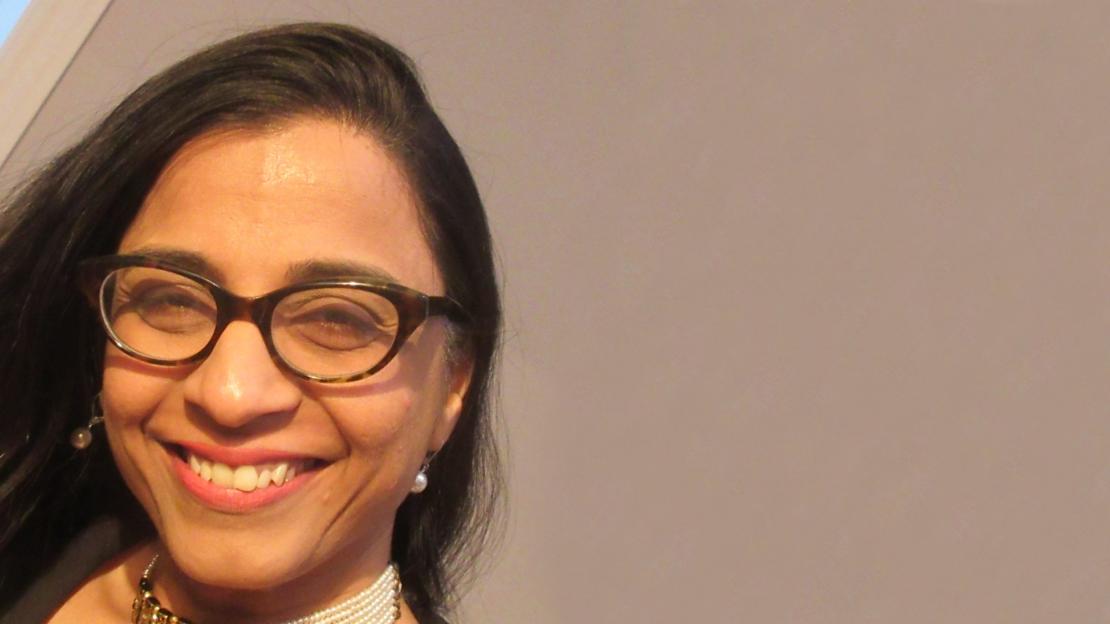Our places of work can, for better or worse, mirror society as a whole. In the same way stressors like racial harassment and discrimination in society affect individuals, in the workplace it also has a profound negative effect both personally and professionally on employees.
Phani Radhakrishnan, an associate professor in the Department of Management, is an expert on cross-cultural differences and ethnic discrimination in the workplace. Her recent research, set to be published in the journal Research in Human Resource Management, explores something called the Socialization-Stressor Model. It helps explain and predict how organizational climates and stressors, such as racial harassment and discrimination, can affect employees.
Radhakrishnan spoke to UTSC News about the difference between racial harassment and discrimination, where companies are letting their employees down, and how millennials entering the workforce may change the current working environment.
What is the Socialization-Stressor Model of racial harassment and discrimination?
We wanted to review different articles in psychology and sociology to try to understand what causes stereotypes to be promoted in organizations and what the downstream effects are. Our paper focuses on societal factors that people bring with them to a company and how that can be reinforced by CEOs or leaders who shape the company, and how that extends to the ways people are hired, evaluated on performance and how they progress through the organization. That’s really where we were trying to integrate all the different pieces of research.
What was missing from current literature?
I’ve done research particularly on how people are stressed by experiencing racial harassment and then I also got interested in how employee performance is affected. So then I got into the difference between harassment and discrimination. It’s a very small part in what happens in a company and how that manifests over time. You might not notice it right away, but it may happen in micro-steps and then escalates.
Where are companies or employers letting their employees down when it comes to racial harassment or discrimination in the workplace?
We interviewed subjects and asked them what their experiences with harassment were. They reported things like being excluded from conversations or excluded from opportunities or not getting information that would help them do their job. And those are very subtle things that one may not notice right away, but you realize a series of these exclusions collect over time. So, harassment can eventually lead to discrimination because it then affects how you perform on the job, which leads to concrete outcomes, like not getting promoted or not having the skills to move up.
That’s how we started thinking about how they feed into each other because discrimination literature only looks at pay and rank, but we wanted to understand what goes on behind that. It could be access to information and opportunities -- that’s where companies can make a change and ensure that people are included.
What are the differences between harassment and discrimination?
A common thread is the practice of not sharing information or not providing opportunities. Harassment also includes derogation like teasing, making jokes and comments.
Discrimination on the other end is seen in pay, how you are rated on your performance and if you’re promoted. So those are performance-based. And then in the middle, you have a grey area where one can leads to the other. And those are the subtle things that happen like opportunities, training and career advancement.
Some companies have career progression plans, but others don’t and that’s where companies are losing their talent. For example, if you have a pay equity adjustment and don’t go back to adjust how you give employees career development opportunities, then you return to having pay inequity again because the employees you paid an adjustment to are not having the chance to develop. For them to develop in the company, they need more opportunities, and those should be equalized. Career progression plans are a way to keep track of that.
How will a diversifying workforce and more millennials entering the workforce create a change in workplace culture?
It’s something to talk about, whether we are helping our students be more aware and advocate when they see discrimination, or speak up when they see people being denied opportunities or if they feel empowered to do so. Hopefully the new generation will realize that but it’s hard to say because it’s changed so much, even in the four years of working on this paper. It’s hard to predict.
I think people have to be aware that this happens, so there will be more people reporting it before we have a sense of the numbers. The literature shows people are unlikely to report it. So, for it to be reported for us to assess the number would be a huge societal and organizational shift.
